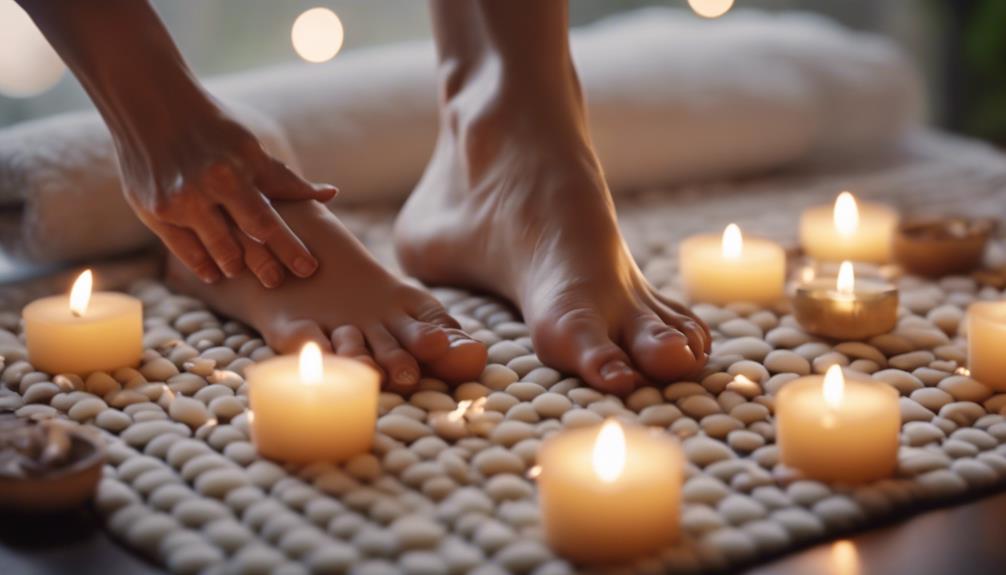Effective Strategies for Lower Back Pain Relief
Understanding Lower Back Pain Relief
Lower back pain is a common condition that affects millions of people worldwide. Knowing how to effectively manage and seek lower back pain relief is crucial for maintaining a good quality of life. This pain can result from various causes, including muscle strain, herniated discs, or even poor posture. Understanding the underlying factors contributing to your pain is the first step towards finding effective relief. By identifying the cause, you can determine the most appropriate treatment options to alleviate discomfort and restore mobility.
Exercises for Lower Back Pain Relief
Integrating specific exercises into your daily routine can significantly contribute to lower back pain relief. Engaging in gentle stretching and strengthening exercises helps improve flexibility and reduce muscle tension. Some beneficial exercises include the cat-cow stretch, pelvic tilts, and bridges. Aim for a balanced workout routine that strengthens your core muscles, as a strong core provides essential support for the spine. Remember, however, that it’s crucial to consult with a healthcare professional or physiotherapist before starting any new exercise program to ensure that it’s safe and tailored to your needs.
Posture Correction for Pain Relief
Maintaining good posture is vital when seeking lower back pain relief. Prolonged periods of sitting or standing with poor posture can lead to increased strain on your back muscles and spine. Simple adjustments can make a significant difference; ensure your workstation is ergonomically designed, keep your feet flat on the floor, and align your head and neck with your spine. Implementing posture-correcting exercises and mindfulness techniques can also help reinforce good habits and alleviate existing pain.
The Role of Heat and Cold Therapy in Relief
Heat and cold therapy are two effective methods for lower back pain relief. Applying a heating pad to the affected area can increase blood flow, loosen tight muscles, and enhance flexibility. Conversely, cold therapy can help reduce inflammation and numb sharp pain sensations. It’s essential to use these therapies in moderation and to alternate them as needed. For optimal results, consider applying heat for about 15-20 minutes, followed by cold treatments to manage more acute pain episodes.
Over-the-Counter Medications for Pain Management
When seeking lower back pain relief, over-the-counter (OTC) medications can be an effective option for temporary relief. Common medications, such as ibuprofen or acetaminophen, can help reduce inflammation and alleviate discomfort. However, it’s important to follow the recommended dosage and understand that these medications are not always a long-term solution. Consulting with a healthcare provider can provide insight into the most suitable pain relief options tailored to your condition, ensuring you remain safe while managing pain.
Alternative Therapies for Lower Back Pain Relief
In addition to traditional treatments, exploring alternative therapies can aid in finding lower back pain relief. Techniques such as chiropractic care, acupuncture, and massage therapy have gained popularity as complementary methods for pain management. These therapies work by addressing the underlying issues contributing to back pain and promoting relaxation. Many individuals find significant improvements in their pain levels and overall well-being after incorporating these alternative methods into their treatment plans.
Lifestyle Changes for Long-Term Relief
Long-term lower back pain relief often requires lifestyle modifications. Incorporating regular physical activity, maintaining a healthy weight, and developing stress management techniques can make a substantial difference in managing pain. Consider activities like walking, swimming, or yoga, which provide low-impact options to stay active without exacerbating your discomfort. Additionally, ensuring you get adequate sleep and practicing good sleep hygiene plays a critical role in overall recovery and pain management.
When to Seek Professional Help
While many self-care strategies can lead to lower back pain relief, knowing when to seek professional help is essential. If your pain persists despite implementing these methods, or if you experience severe symptoms, it is crucial to consult a healthcare provider. They can conduct a thorough assessment to determine the root cause of your pain and recommend appropriate interventions. Early intervention can prevent further complications and lead to better outcomes, allowing you to return to your daily activities pain-free.
